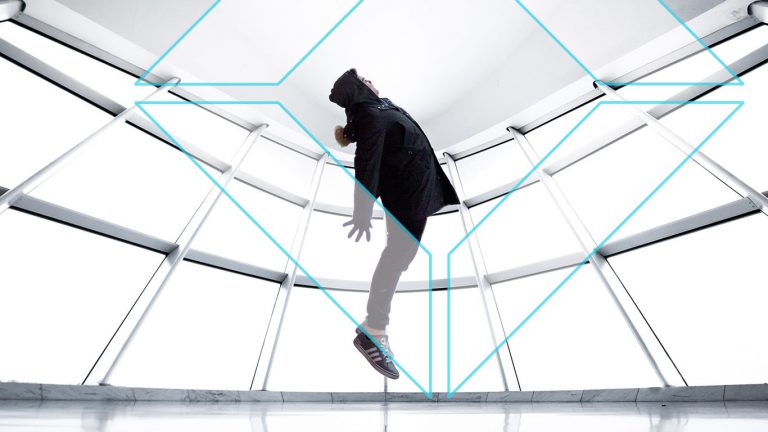Google is well aware of its vulnerability. More than 90% of the company’s revenues and almost all of its profits come from search-related advertising. As long as people click ads on computers, tablets and mobile phones, Google makes money. But, if people click less often, or stop doing so all together, then the company is in big trouble. We spent three days at Google’s Silicon Valley headquarters to learn about the bets (Alpha-bets!) that Google is making on its future.
Google thinks big. It was sobering to hear Google Chairman Eric Schmidt say that unless a project has a potential scale-impact of a billion users, it is too small for Google to bother with.
Long term bets far reaching as the Moon
Google’s long-term bets are housed in the company’s X ‘Moonshot’ factory. These were explained to us by Obi Felton, a woman with perhaps the coolest job-title at Google – ‘Head of Getting Moonshots Ready for Contact with the Real World.’
All Moonshots start the same way, with three steps. Step one is to identify a huge global problem, such as vehicle accident deaths, global Internet connectivity, or growth in diabetes. Step two is to come up with a radical idea to solve this problem. In the case of vehicle accident deaths, this was the autonomous car. Step three is to build a technology solution for practical application.
One Moonshot, Project Loon, is based on the radical idea that global Internet connectivity can be achieved by floating wireless routers on balloons in the stratosphere. This would connect those who are currently without accessible Internet infrastructure – the remaining five billion of Earth’s population.
A few Moonshots are in the area of healthcare. Google is currently constructing an entirely new life-sciences laboratory employing 1,500 people with the aim to recruit an additional 300 ‘world-class’ scientists. We heard about a connected contact lens that could continuously measure glucose levels – of huge benefit to the 400 million diabetes sufferers worldwide. We also heard about Google leveraging massive datasets leading to ‘precision diagnostics’.
Short term bets to change human (and machine) interaction
However interesting as these long-term bets are, it is the short- and medium-term bets that are most indicative of Google’s current thinking. These seem to focus on three distinct areas.
The first area is virtual reality (VR). Despite the fact that the company has enjoyed great success with Google cardboard, its entry-level virtual reality googles that leverage a user’s mobile phone to drive the virtual experience, the company is more interested in augmented reality and mixed reality. Augmented reality is where a user’s environment is enhanced with personalised and contextualised information aimed at assisting a specific work or leisure-related activity. Mixed reality is where believable computer-generated virtual objects can be placed within the user’s ‘real’ environment – think beyond Pokémon Go, such as seeing miniaturized family members standing on your coffee table to hold a conversation with you or playing a Minecraft game on the kitchen floor. Google sees virtual reality in all its guises as an opportunity to collect data and sell advertising in a whole new ecosystem. It could also be a threat. For example, McDonald’s recently decided to divert a vast swathe of its marketing budget to sponsor PokeStops. Some of that money will come from its Google ad buying budget.
The second area is speech recognition. Google is throwing massive resources behind the goal of mastering full natural language processing (NLP). It is not alone. ‘OK Google’ is being pitted against Apple’s ‘Siri,’ Amazon’s ‘Alexa,’ and Microsoft’s ‘Cortana’ – not to mention a host of emerging-players like Facebook. The winner can claim a very valuable prize, the ownership of search; if a ‘personal assistant’ emerges that understands everything we say and interprets our rambling natural language in an intuitive, precise and accurate way – who isn’t going to use it?
The third area is machine learning – or ‘artificial smartness’ as Ray Kurzweil phrased it to us, to avoid an instinctive diversion into a consciousness debate. Google is placing huge bets in this area, recognizing the critical need to leverage the power of both life-like alternative environments and human-seeming personal assistants. Evidence of this work can be seen in Google’s DeepMind Centre in London, where the computer that beat a world champion in a game of Go earlier this year was developed.
Who will own the search bar?
So what can be deduced from these bets? Google owns the search bar ‘letter box’ across most of our devices, supplying us with results, advice and, of course, advertising. But, imagine a world where our interface to the Internet, the world of information, data and connections is through a personalized, semi-immersive experience that understands our natural speech. In such a world, we may no longer need the search bar.
Some measure of virtual reality, coupled with natural language, all powered by machine learning, will quite likely be the way we connect to the Internet in the future. Whoever controls this experience will be ideally placed to win the battle for the advertising universe. Google realises this, which is why these are not side-bets for Google.

